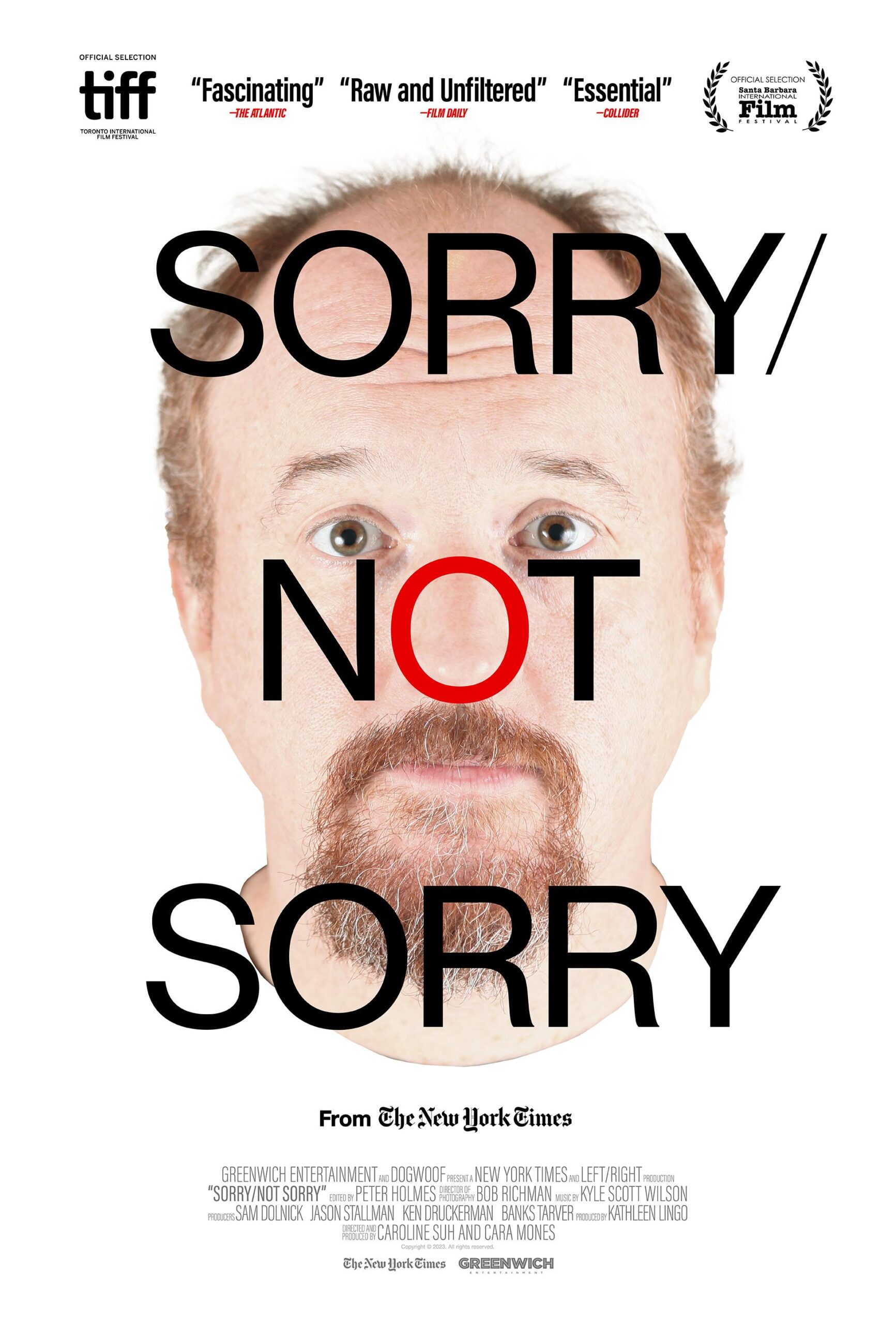We've all got that one friend who has embarrassing musical taste. It's not bad, per se, but it's a little conventional or predictable—or it's so old that it seems like the poor guy hasn't listened to a new album in at least 10 years. Do these harsh opinions of your friend make you sound like a snob? Oh, maybe, but you can't help it: Sometimes lame music brings out that side of you. All you want is to freshen up their playlist a little, let some new tunes in. Otherwise, you could suffocate.
It has been 30 years since the release of "Forrest Gump," which means it's also been 30 years since the release of the accompanying soundtrack, which in 2000 was certified 12-times platinum. A symphony of American pop, rock and R&B from the mid-1950s to the early 1980s, roughly the same timespan as the film itself, the "Forrest Gump" soundtrack is one-stop-shopping for those seeking a definitive overview of iconic artists and well-known radio hits. (That's one reason the album sold so well.)
And yet, much like the Robert Zemeckis movie, which became a commercial juggernaut and a Best Picture winner, that soundtrack is both undeniable and a little cringey. Any double-album that features epochal acts like Bob Dylan, the Doors, the Beach Boys, Aretha Franklin, the Supremes, Randy Newman, Elvis Presley, Harry Nilsson, Fleetwood Mac and Willie Nelson, among many others, is worth taking seriously. But it's also a slightly creaky time capsule to a bygone era in popular music—not to mention an age before Spotify playlists made such compilations irrelevant, a fact that now renders it oddly poignant.
The hit-studded movie soundtrack had become popular in the 1970s thanks to the likes of "Saturday Night Fever," although there were precedents, such as "The Graduate" from the late 1960s. But by the 1980s, boosted by the rise of MTV, soundtrack compilations like "Flashdance," "Footloose," "Back to the Future" and "Top Gun" helped cement the industry belief that a hit movie needed an album featuring a whole bunch of new songs from artists featured within the film. Sometimes, the songs wouldn't even be in the movie—and sometimes certain songs in the film wouldn't be included on the soundtrack—but the general idea was that the album was a way for the viewer to relieve the experience of seeing the movie. It was like a souvenir you could listen to in the car.
But some soundtrack albums weren't about new songs. "The Big Chill," a film about aging Baby Boomers coming to grips with their shattered idealism, found its characters grooving to the songs of their youth, and so the soundtrack was a jukebox of those faded hits, the compilation eventually going sextuple-platinum. (The album was such a smash, a second volume, "More Songs From the Big Chill," was released.) Baby Boomer viewers bought the record to relive their glory days, and their kids checked it out to learn a little something about Marvin Gaye, the Temptations and Smokey Robinson. (As a Gen-Xer, I can speak from experience when I say that the album became one of our initial introductions to the wonders of Motown.)
The best-selling soundtracks of the 1990s were mostly of the new-tunes variety—even in the case of "The Bodyguard," whose most famous song was Whitney Houston's cover of Dolly Parton's "I Will Always Love You"—although you also had oldies/obscurities compilations, like the ones that accompanied "Dazed and Confused" and "Pulp Fiction." In that latter category was "Forrest Gump," which ambitiously sought to be a wide-ranging overview of early-rock-era American music. Other such compilations weren't nearly as expansive. "Dazed and Confused" zeroed in on ‘70s FM rock, while Tarantino luxuriated in his offbeat record collection.
Sequenced very roughly in chronological order, "Forrest Gump" felt like a comprehensive history—or, at least, one film's comprehensive history—of the American songs that were the backdrop for the country's most culturally important moments during a turbulent time. The journey from Elvis Presley's "Hound Dog" (the "start" of the rock ‘n' roll era, if you will) to Bob Seger's "Against the Wind" (mainstream corporate Midwestern rock as disco, punk, New Wave and hip-hop were challenging rock ‘n' roll's primacy) encompasses the counterculture and Vietnam as much as it documents popular music's rebellious early days and its eventual evolution into a slicker, more polished art form.
Inevitably, that also meant that "Forrest Gump" (the film and the soundtrack) would turn some of those memorable tunes into clichés. When Tom Hanks' Forrest arrives in Vietnam, of course we hear Creedence Clearwater Revival's "Fortunate Son," the band already well on its way to becoming a cinematic shorthand for "The Vietnam War was mentally and physically devastating for our troops." When Forrest goes on his nationwide run, director Robert Zemeckis gets literal, pulling out Jackson Browne's "Running on Empty."
The hippies are soundtracked to "San Francisco (Be Sure to Wear Flowers in Your Hair)," while "For What It's Worth" predictably underlines Forrest's disillusionment at serving in a senseless war. The soundtrack was like going to a wedding reception and the DJ just playing "Y.M.C.A." and "Macarena" over and over again. Sure, those songs are popular, but aren't you sick of them by now?
The "Forrest Gump" soundtrack, which was overseen by veteran music supervisor Joel Sill and included Oscar-nominated composer Alan Silvestri's instrumental "Forrest Gump Suite," wasn't seeking to recontextualize these songs. Rather, the film was designed to reinforce its audience's associations with those familiar tunes. The album grabbed tracks used in previous films and musicals—"Mrs. Robinson," "Everybody's Talkin'," "Medley: Aquarius/Let the Sunshine In"—which added to the movie's intentional feeling of déjà vu, Forrest's strange odyssey across American history meant to replicate the viewer's, except he met so many more famous people than you ever did.
In a sense, the soundtrack wanted to demonstrate how songs aren't clichés to those who lived through their emergence—in fact, they're the very fabric of your being, the aural wallpaper for your formative memories. The album's selections may be obvious and on-the-nose—"Blowin' in the Wind" (Joan Baez's version), "Respect" (Aretha Franklin's version, naturally), "Break on Through (To the Other Side)," "Turn! Turn! Turn! (To Everything There Is a Season)," "Joy to the World" (which was also featured on the "Big Chill" soundtrack)—but to the Baby Boomers to whom Zemeckis was catering, they were elemental, essential. They were the soundtrack to their lives—and, as a result, songs that future generations would never escape.
The album existed at a time when two-disc compilations were all the rage, an easy way to get acquainted (or reacquainted) with a particular musical style or artist. (The Beatles' hallowed "Blue" and "Red" greatest hits, first released in the early 1970s, finally came to CD in 1993.) Best-ofs were big business—a lucrative opportunity for record labels to repackage and resell old songs—and "Forrest Gump" perfectly fit the moment. Nowadays, it would just be a streaming service playlist—maybe they'd call it Boomer Rock or Feel-Good Oldies—that would be the background music for a cookout. In the 30 years since the "Forrest Gump" soundtrack came out, its selections have been reduced to a vibe, an algorithm, a CliffsNotes of classic American rock and R&B. The songs' individual potency—their ability to stun with their passion or originality—has been lost to time. They're now just a bunch of songs your parents or grandparents liked when they were kids.
The snob in me resists the "Forrest Gump" soundtrack because of its uncreative survey of pop music history. Dylan obsessive I am, I have always found "Rainy Day Women #12 & 35" to be one of his sillier tracks, especially because so many non-fans giddily glom onto its "Everybody must get stoned" line, unaware of its irony. I could pick at least 30 songs more worthy of inclusion from the mighty Randy Newman than the just-ok "Mr. President (Have Pity on the Working Man)."
But, see, here's the thing: I actually love "Mr. President (Have Pity on the Working Man)"—I just don't in this context. Same goes for any number of gems on this compilation—by shoehorning so many agreeable, overly familiar hits onto one album, the soundtrack simplifies a slew of vital artists. It plays like a collection of tunes any basic music fan should already know by heart. It's a greatest-hits of some of the most overplayed rock-era tracks. It turns cool music into something very uncool.
Not that Zemeckis' movie ever aspired to be cool, of course. If anything, the whole point of "Forrest Gump" was how it showed American history through an earnest, sentimental prism, seeking comfort, reconciliation and hope in the wake of such traumatic years. The tunes on the soundtrack weren't meant to challenge us—they're there to make us feel good, bring up cherished collective memories, evoke a nostalgia for what once was.
The film mourns the passage of time, and that feeling is even more pronounced when you listen to the album now. The soundtrack compilation as a concept is mostly passé —we still get notable ones like "Hamilton," "Frozen," or "Spider-Man: Into the Spider-Verse," but those are the exceptions that prove the rule. In the iTunes/Spotify age, the notion of the album as a coherent, artistic unit has been jettisoned—even if it's an album that's merely a collection of disparate older tracks from a bygone era. These songs were "old" 30 years ago, and they're even older today, with many of the artists dead or no longer recording. In a sense, the history that the "Forrest Gump" soundtrack meant to codify has been scattered to the digital winds. That history has become like that feather that floats through the air at the film's end, meant to suggest the impermanence of everything—including the classic rock era this album strives to preserve.












